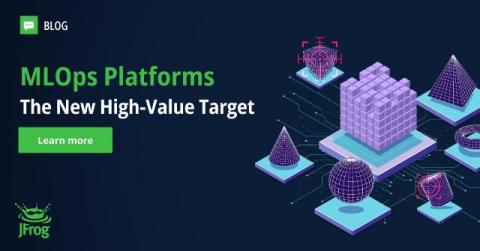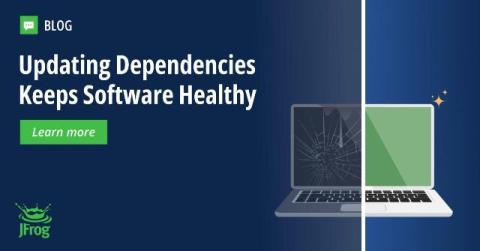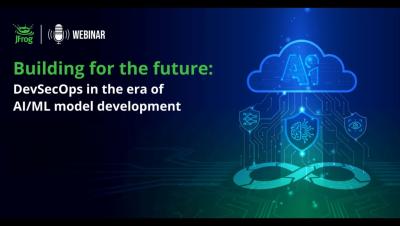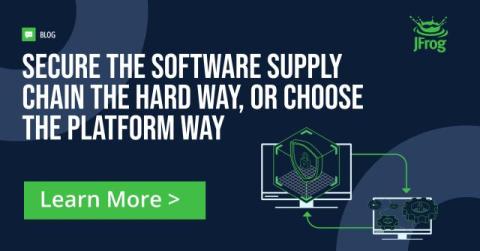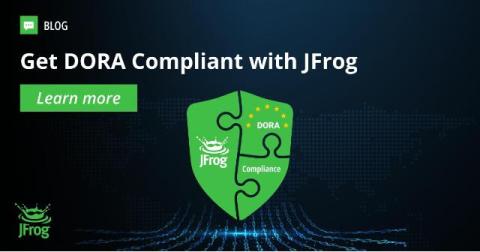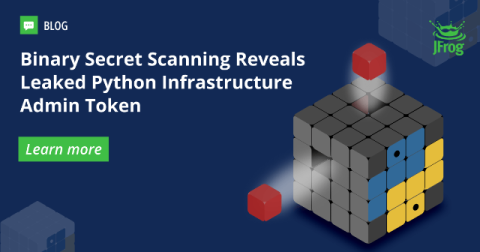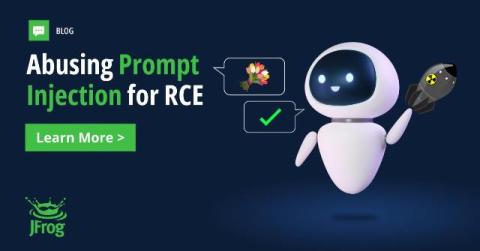From MLOps to MLOops: Exposing the Attack Surface of Machine Learning Platforms
NOTE: This research was recently presented at Black Hat USA 2024, under the title “From MLOps to MLOops – Exposing the Attack Surface of Machine Learning Platforms”. The JFrog Security Research team recently dedicated its efforts to exploring the various attacks that could be mounted on open source machine learning (MLOps) platforms used inside organizational networks.


